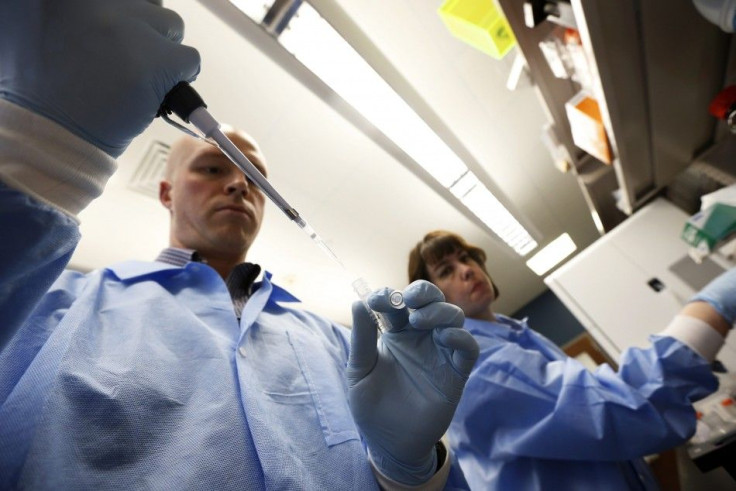Horizontal gene transfer: Only animal that survives in outer space possesses 'foreign' DNA

Tardigrades are the only animals known to survive the harshest of environments, including the outer space. However, these accomplishment aren't really made up of their own doing. The latest study conducted by researchers at the University of North Carolina at Chapel Hill suggests that tardigrades have a foreign DNA.
The claim made by the researchers is based on the results obtained from the genome sequencing of the nearly indestructible animal. The researchers say that nearly one-sixth of the animal's genome is foreign. That is, it is made up of DNA obtained from some other animal.
The researchers say that even though they knew that some animals obtain foreign DNA, they were not sure until now that it can happen to this degree.
The research findings published in the journal Proceeding of the National Academy of Sciences have not only raised questions about the inheritance of DNA, but also made researchers wonder whether there is a link between foreign DNA and the ability to survive under extreme climatic conditions.
"Animals that can survive extreme stresses may be particularly prone to acquiring foreign genes -- and bacterial genes might be better able to withstand stresses than animal ones," the study's first author, Thomas Boothby, said in a press release.
The researchers believe that foreign DNA could get into the genome randomly, but what makes them integrate into the DNA of another animal capable to survive in extreme climatic conditions is a mystery.
According to the researchers, tardigrade's DNA breaks into tiny pieces under extreme conditions. When rehydration occurs after a period of time, the nuclear and cell membrane becomes permeable to molecules and that's when foreign DNA reaches the nucleus. This, in turn, horizontal gene transfer creates a mosaic of genes in tardigrade.
“Instead of thinking of the tree of life, we can think about the web of life and genetic material crossing from branch to branch. So it's exciting. We are beginning to adjust our understanding of how evolution works," the researchers wrote in the study.
Contact the writer at feedback@ibtimes.com.au, or let us know what you think below.




















